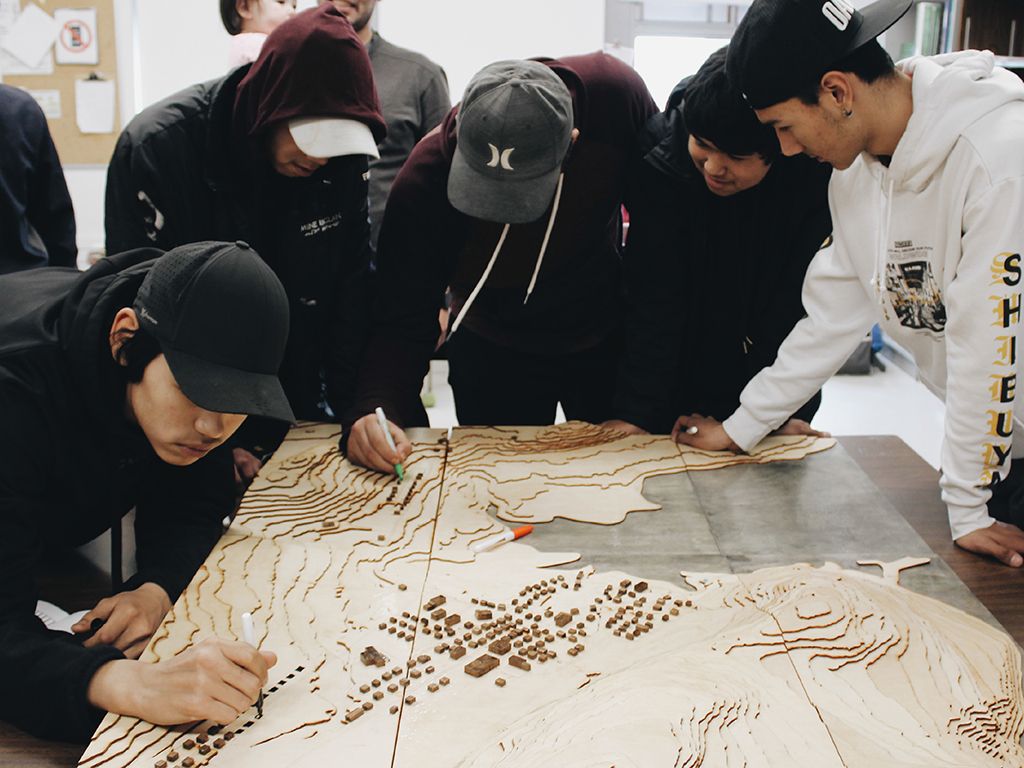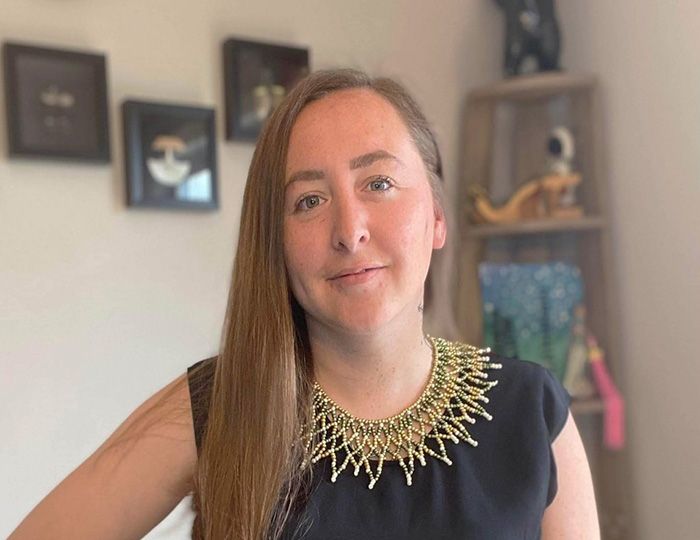Redesigning Arctic living
Innovative strategies, which focused on optimizing natural light and engaging local communities, were developed by Sentinel North research teams to foster sustainable living environments in the North, enhancing not only the quality of life but also deepening residents’ connection to their environment. These strategies address significant challenges in Arctic and Subarctic regions, where extended periods of limited natural light, as well as the quality and habitability of indoor spaces, significantly impact the health and well-being of the population.
Harnessing northern light for health and well-being
Focusing on optimizing biophilia–the innate human attraction to nature–Claude MH Demers’ team created a scale model of living environments adapted to the low levels of natural light in extreme climates to increase habitants' well-being. To this end, they measured natural light availability and its impact on well-being and integrated novel optical technologies into architectural designs (LED, Smart Windows, Optical Fiber) to enhance user well-being and energy efficiency. Results showed that natural light, artificial illumination, and colour impact well-being, comfort, and biological processes. Incorporating nature-inspired colours into architecture enhances perception, supports health, and aligns with northern community needs.
The research conducted by Demers’ team is impactful, as it combines theoretical architectural methods with the sensory and experiential insights of local communities. Their innovative approach, blending digital tools and biophilia, could shape urban development strategies and help architects design spaces that connect occupants with nature, enhancing the quality of life of northerners in extreme climates.
Promoting Inuit values and culture in architecture and planning
At the same time, Geneviève Vachon’s multidisciplinary team engaged with Inuit communities from Nunavik to include their visions for culturally appropriate architecture and planning for their communities. Building on an ongoing dialogue with Nunavimmiut, their work put a strong emphasis on enhancing the quality and humanity of living spaces to improve residents’ safety, well-being, and health.
Their collaborative approach—incorporating expertise in infrastructure, urbanization, and the social environment—facilitated the creation of an atlas of best practices and opportunities, entitled 'Doing Things Differently.' This resource offers models, actions, and policy recommendations for developing sustainable and culturally appropriate living environments while proposing effective methods for community engagement and decision-making.
Photo credit: Émilie Pinard


"The Living in Northern Quebec team has been working with Inuit community members, youth, and elders to create innovative ways to gather information and use it to imagine more culturally respectful communities [...] creating synergy amongst knowledge, cultures and ways of being."
- Olivia Ikey, INUIT 101 advisor, Inuit advocate, artist and educator
